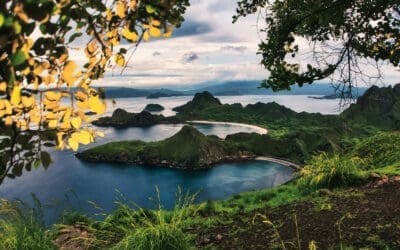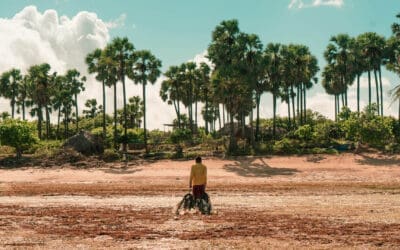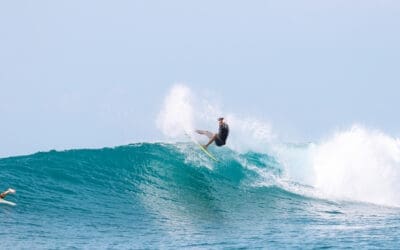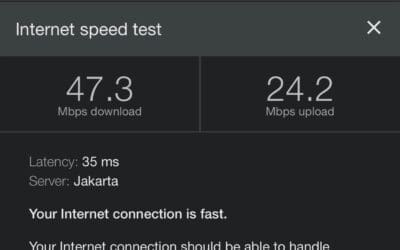Rote Island, located in the Lesser Sunda Islands of Indonesia, has a rich and interesting history.
Over the centuries, the island has been influenced by various cultures, including Portuguese and Dutch colonial powers.
Here are some bitesized bits of history and interesting facts about Rote.
[ez-toc]
Ancient Origins
The native Rotinese people have inhabited Rote Island since time immemorial. Their traditional society was once divided into numerous small kingdoms, making Rote one of the most densely populated regions in the world. Some believe they may have originally migrated from Seram Island in Maluku during the 13th-16th century reign of the Majapahit kingdom.
Name Origin
According to local legend, the island got its name in the 17th century when a lost Portuguese sailor landed on its shores. When he asked a local farmer where he was, the surprised farmer, who couldn’t speak Portuguese, introduced himself as “Rote,” and the name stuck.
Traditional Society
Historically, Rote was divided into numerous small kingdoms or domains, each ruled by its own “lord.” At one point, Rote had more kingdoms within its borders than any other place on Earth.
Colonial Influence
In the late 16th century, Portuguese Dominicans established a mission on the island. By 1662, the Dutch East India Company had signed treaties with twelve of Rote’s domains.
Trading Post
For centuries, trading nations used Rote as a stopover en route to Bali. This gradually introduced the Rotinese to Christianity, which they embraced since the 1700s.
Education and Emigration
In the 19th century, an extensive school system was established on Rote, giving its population an educational advantage in eastern Indonesia. This also stimulated emigration to other parts of Indonesia.
Modern Development
While Rote remained relatively untouched by tourism for many years, it began to attract surfers looking for quieter alternatives to Bali. Small resorts started to appear, and the island is now becoming a popular destination for sustainable tourism.
Administrative Changes
Until 1969, the Republic of Indonesia recognized Rote’s eighteen domains plus Ndao Island within an administrative structure of four districts. This has since been altered to a system of six districts.
Today, Rote Island is part of Indonesia’s East Nusa Tenggara province. It maintains much of its traditional culture while gradually embracing modern development and tourism.




























